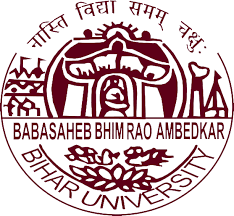- Home
- Directorate of Distance Education, B.R.A. Bihar University (DDEBRABU), Muzaffarpur
- Recognization & Accreditations

Directorate of Distance Education, B.R.A. Bihar University (DDEBRABU), Muzaffarpur Recognization & Accreditations
-
 Muzaffarpur, Bihar
Muzaffarpur, Bihar
-
 Collage
Collage
-
 1997
1997
-
 UGC, DEB
UGC, DEB
- Claim this college
Overall Rating (Out of 5)
4.5
Based on 470 Verified Reviews




 back
back